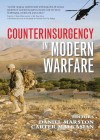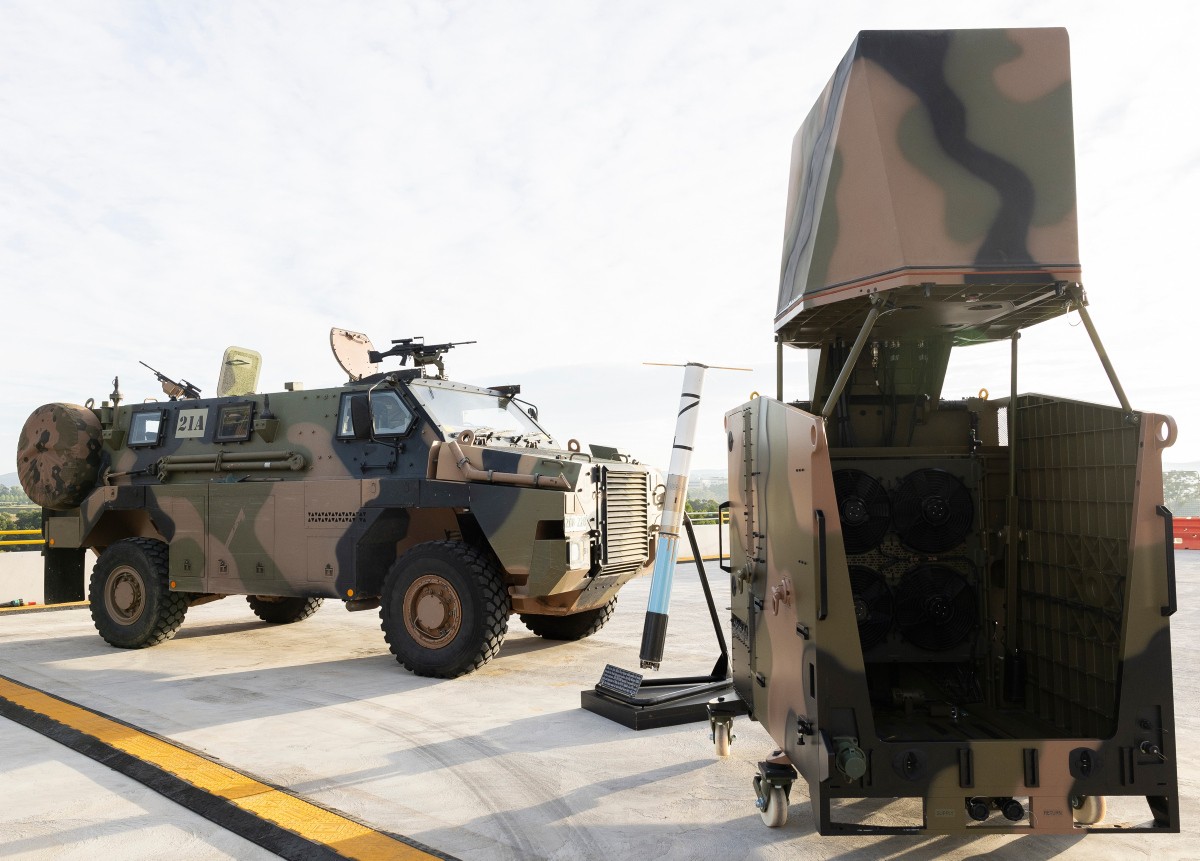Book Review - Counterinsurgency in Modern Warfare
Counterinsurgency in Modern Warfare
Written by: Daniel Marston and Carter Malkasian (eds),
Osprey Publishing, Oxford, 2008,
ISBN: 9781849081641, 304 pp.
Reviewed by: Lieutenant Colonel Mark O’Neill
Daniel Marston and Carter Malkasian have much more in common than editorship of this topical anthology. They completed their doctoral studies at Oxford under the supervision of Professor Robert O’Neill (known to many readers of this journal, not only as a former Australian Army officer but also as a pre-eminent Australian military historian, writer, teacher and adviser). Both men subsequently developed considerable field experience in the subject matter of this book. Marston has taught counterinsurgency at the Royal Military Academy, Sandhurst, been an adviser to British Army forces operating in Iraq and Afghanistan and was an instructor at Multi-National Force Iraq’s Counterinsurgency Center for Excellence. Malkasian’s experience is equally impressive—spending a total of nearly two years, over several tours, as an adviser to the United States Marine Corps’ 1st Marine Expeditionary Force (1 MEF) in Iraq. The value of this experience is reflected in the chapters Malkasian and Marston contributed on Iraq and Afghanistan respectively. The combination of first-rate academic credentials, sound individual publication records and contemporary practical experience in the field of counterinsurgency has positioned the editors well for this book.
Counterinsurgency in Modern Warfare presents the reader with a wide ranging selection of ‘modern’ historical counterinsurgency examples, written by thirteen disparate but credible authors. The theme that unites each chapter within the context of the book is an examination of the strategy that was devised for each counterinsurgency presented, and analysis of why it was or was not successful. Marston and Malkasian set up this structure well in their succinct introduction, and it is generally carried adequately throughout the book. This reviewer was disappointed that the book failed to carry this through to the inclusion of a concluding chapter. The lack of a conclusion leaves the reader to derive their own summary as to the lessons offered about counterinsurgency in modern warfare. Ultimately this is a minor issue, as each chapter clearly sets up the premise for its conclusions. The writing style, often a problem for edited works such as this, remains consistent and easy to read throughout.
Each chapter in the book is sound; but as is invariably the case in most edited works, there are a few chapters that stand out. This reviewer’s personal interest was piqued by three chapters. Professor Charles Townshend’s chapter, ‘In Aid to the Civil Power’, with its examination of examples from British actions in Ireland and Palestine, provides good analysis into the origins of thought regarding civil primacy and the use of military force to support it in counterinsurgency that informs Australian and Allied counterinsurgency doctrine to this day. Doctor Richard Stubb’s chapter about the evolution of British strategy in Malaya between 1948 and 1960 is notable for its clarity and cutting through the hagiography that has grown around contemporary accounts of British success in that campaign. The chapter by Colonel Richard Iron, ‘Britain’s longest war: Northern Ireland 1967–2007’, should also be of interest to Australian readers. Iron’s straightforward narrative and logical analysis of Britain’s most difficult modern counterinsurgency operation is an informative and concise insight into a war that most Australian soldiers know little about.
Works about counterinsurgency published since 2003 invariably fall into one of three categories: the ‘ripping yarn’ school of war stories; socio-political-cultural-religious polemics; or that of the historical, sequential narrative. Counterinsurgency in Modern Warfare is none of these. It is a good book that addresses its subject from a sound academic and analytical basis. It is obviously tempered by the practical experiences in the field of both the editors. It is well written and would be a useful addition to any student of counterinsurgency or military professional’s library. Counterinsurgency in Modern Warfare addresses a hitherto unsatisfied gap in contemporary writing about counterinsurgency.
Full disclosure: The reviewer was an associate of Daniel Marston at the MNF-I COIN CFE in early 2008.



